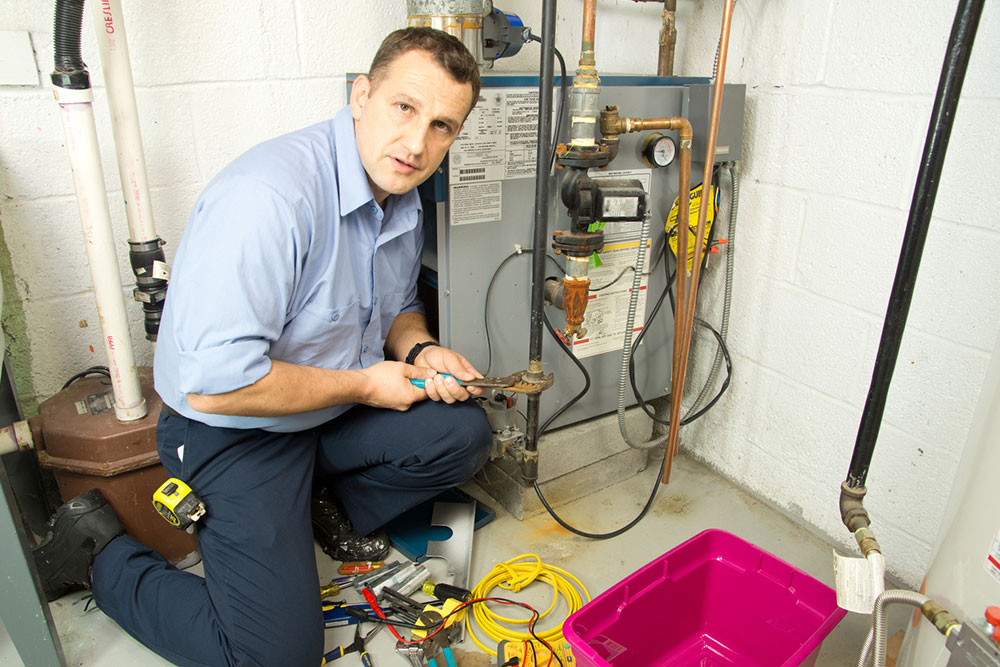All about induction furnaces
The use of induction furnaces is increasing day by day, and it has lead to a surge in demand in the induction furnaces manufacturing industry. Everyone knows that induction heating is a process of transferring heat energy, but this type of furnace has more to it than just heating up metals.
What is an induction furnace?
Following the principle of induction melting, an induction furnace uses high voltage electrical source for melting the metal kept inside the furnace. The capacity of such a furnace varies from less than a kilogram to more than a hundred tons. The capacity and type of such a furnace are selected depending on the industrial or metal manufacturing needs.

Coreless : In a coreless induction heating furnace, the metal is placed inside a heat withstanding container surrounded by the alternating current solenoid water-cooled coil.
Channel : In a channel induction heating furnace, there is the refractory-lined shell made of steel at the center, which contains the molten metal.
Where is it used?
Considered to be ideal for alloying and melting different metals while ensuring that the amount of metal loss remains to the minimum, an induction furnace is used for refining metal. Offering an energy efficient, well-controlled, and clean process of metal melting, the furnace finds its application in melting copper, steel, aluminum, or any other precious metals.
How is the furnace installed?
One can either opt for a conventional or a modern method for the installation of such type of induction in an industry. While the conventional way of installation, which is the manual one, is dangerous and labor intensive, the modern method is a machine-based way of installation. The latter method is also convenient, time-saving, and safe, and it involves installation with precision.
If one is planning to install an induction furnace, it is recommended that they consult an HVAC professional who can suggest the best installation option according to the requirements. After all, an inappropriate installation may disrupt the functionality of the induction.

